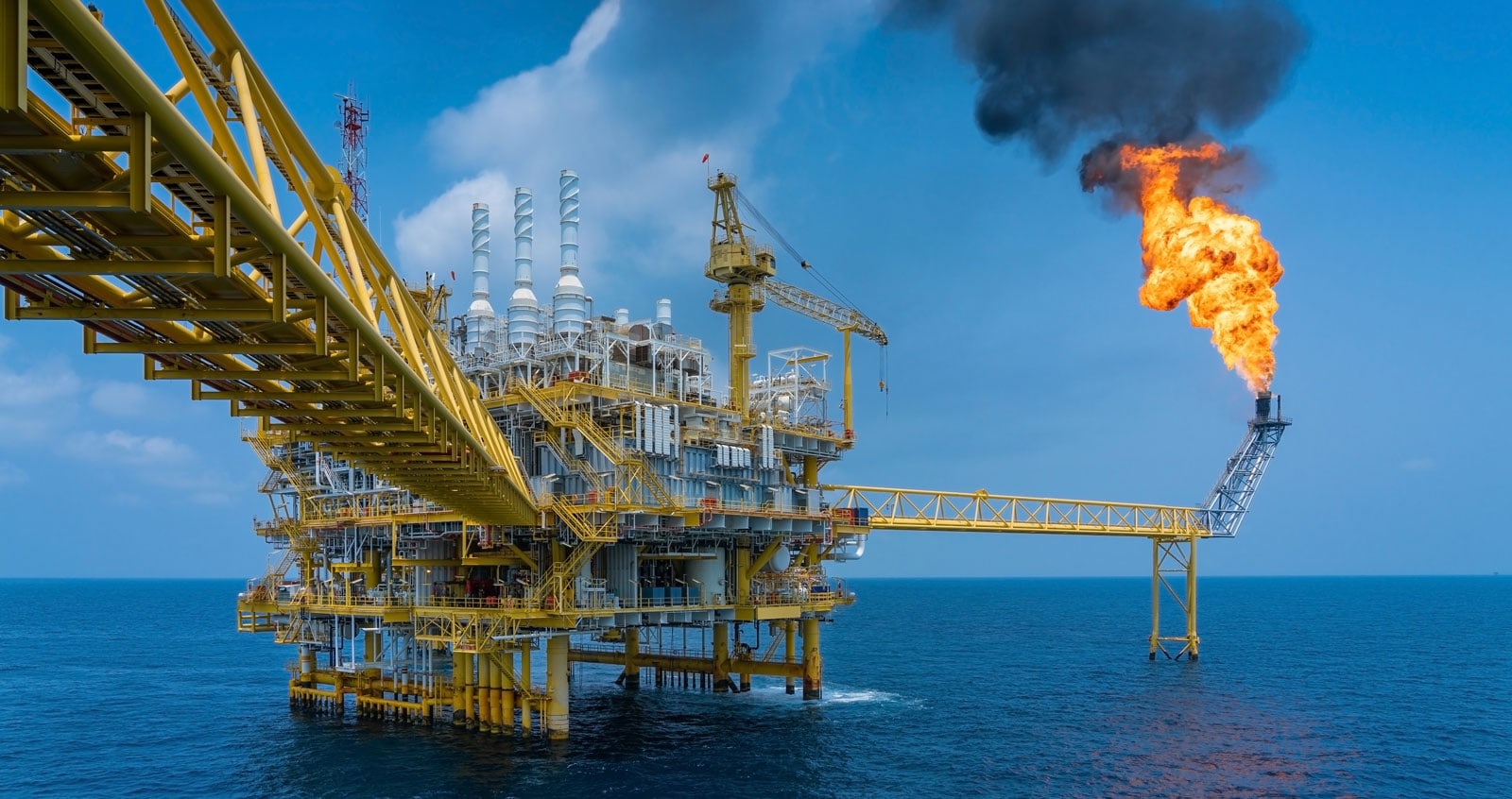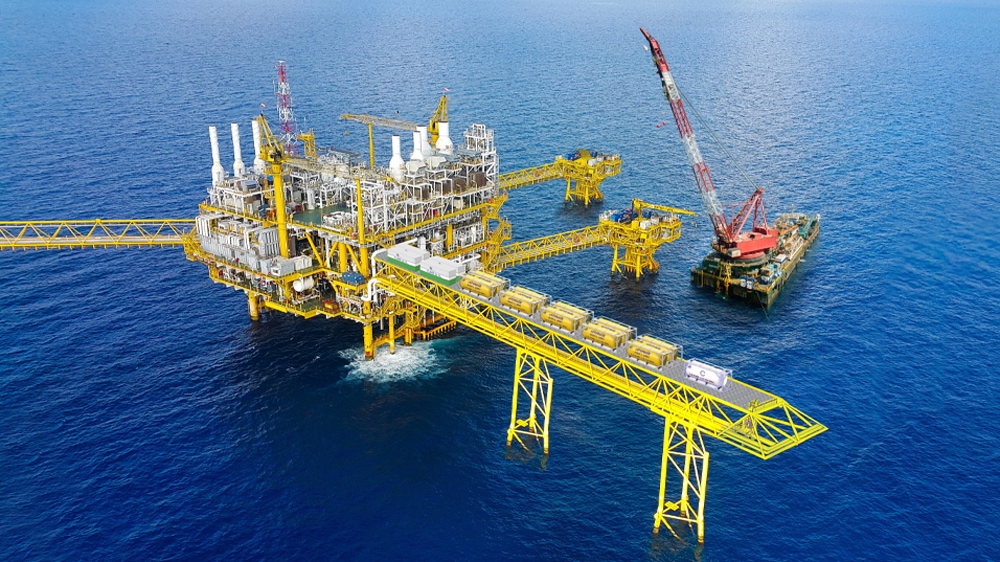Flaring of hydrocarbons occurs when crude oil is extracted from underground and natural gas is brought to the surface. Particularly in areas with limited infrastructure such as offshore, this gas is burned often with devastating effects to the environment and local communities. According to the IEA 144 bcm of natural gas was flared globally in 2021 – roughly equivalent to the natural gas demand of Central and South America. This resulted in around 382 million t CO2, black soot and other GHGs being directly emitted into the atmosphere. Six countries (Russia, Iraq, Iran, Venezuela, the United States and Algeria) accounted for more than half of all volumes flared globally in 2021.
The practice has persisted from the beginning of oil production over 100 years ago and continues today due to market and economic constraints. According to The World Bank, flaring is a monumental waste of a valuable natural resource that should either be used for productive purposes, such as generating power: the amount of gas that is currently flared each year – about 144 billion cubic meters – could power 20% of whole Africa.





